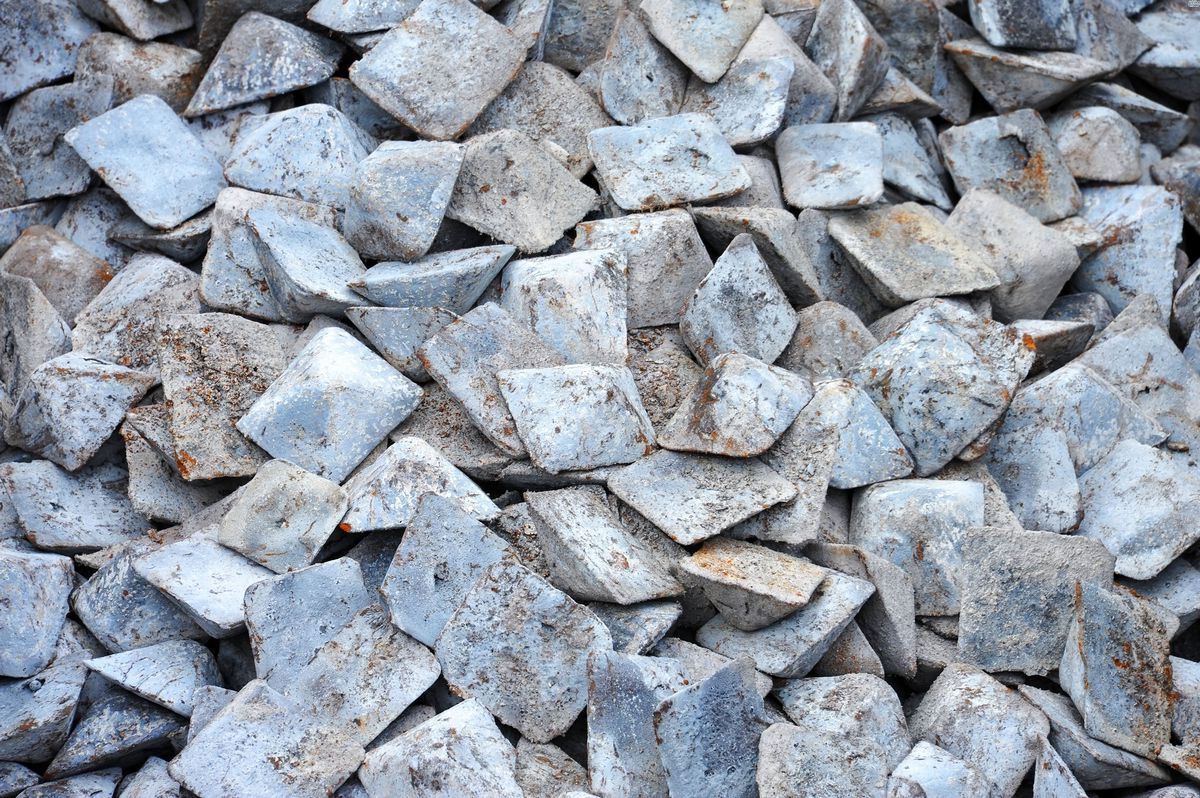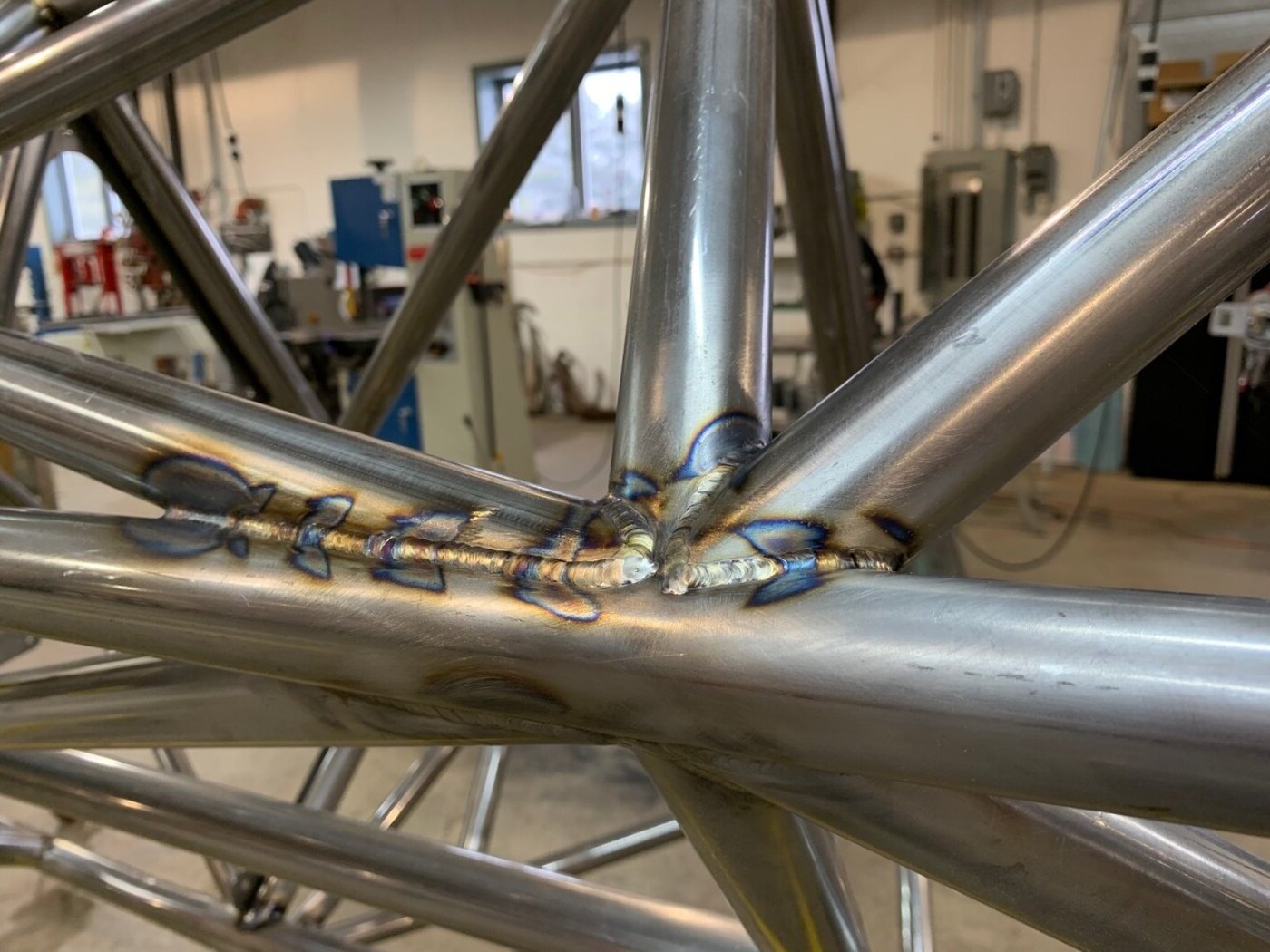
Pig iron is a crucial material in the world of metallurgy, but what exactly is it? Pig iron is the intermediate product of smelting iron ore with a high-carbon fuel such as coke, usually with limestone as a flux. This material is called "pig iron" because of the traditional shape of the molds used to cast the iron, which resembled a litter of piglets. Pig iron contains a high carbon content, typically 3.5-4.5%, making it brittle and not useful directly as a material except for limited applications. However, it serves as the raw material for producing steel and other iron products. Understanding pig iron is essential for anyone interested in the steel industry or metallurgy. Let's dive into 50 fascinating facts about this indispensable material.
Key Takeaways:
- Pig iron, a raw form of iron, has a high carbon content and is crucial for making steel. Its production has evolved over centuries, impacting human civilization and popular culture.
- Modern pig iron production involves advanced techniques and has significant environmental implications. Research and innovation are driving the future of pig iron, aiming for efficiency and sustainability.
What is Pig Iron?
Pig iron is a basic form of iron that is produced by smelting iron ore in a blast furnace. It serves as a raw material for making steel and other iron products. Here are some fascinating facts about pig iron:
-
Pig iron gets its name from the traditional method of casting the iron into molds arranged in sand beds, resembling a litter of piglets.
-
It contains a high carbon content, typically 3.5-4.5%, making it brittle and not useful directly for most applications.
-
The primary use of pig iron is to be further refined into steel or wrought iron.
-
Pig iron is produced in a blast furnace, where iron ore, coke, and limestone are heated to high temperatures.
-
The molten iron is tapped from the bottom of the furnace and cast into molds to form pig iron ingots.
Historical Significance of Pig Iron
Pig iron has played a crucial role in the development of human civilization. Its production and use have evolved over centuries.
-
The first known production of pig iron dates back to ancient China around the 11th century BC.
-
During the Industrial Revolution, pig iron production saw a massive increase due to the demand for steel.
-
The invention of the blast furnace in the 14th century significantly improved the efficiency of pig iron production.
-
Pig iron was a key material in the construction of railways, bridges, and buildings during the 19th century.
-
The Bessemer process, developed in the 1850s, allowed for the mass production of steel from pig iron.
Modern Production Techniques
Today's pig iron production involves advanced technologies and methods to improve efficiency and quality.
-
Modern blast furnaces can produce thousands of tons of pig iron per day.
-
The use of electric arc furnaces has become more common in pig iron production.
-
Continuous casting methods have replaced traditional sand molds in many facilities.
-
Recycling scrap iron and steel has become an important part of pig iron production.
-
Advanced control systems and automation have improved the consistency and quality of pig iron.
Chemical Composition of Pig Iron
Understanding the chemical makeup of pig iron helps in refining it into other forms of iron and steel.
-
Besides carbon, pig iron contains small amounts of silicon, manganese, sulfur, and phosphorus.
-
The high carbon content makes pig iron hard but brittle.
-
Silicon in pig iron helps to reduce the melting point and improve fluidity.
-
Manganese acts as a deoxidizer and helps remove sulfur and oxygen impurities.
-
Sulfur and phosphorus are considered impurities and are removed during the refining process.
Uses of Pig Iron
Pig iron serves as a starting material for various iron and steel products.
-
It is primarily used in steelmaking, where it is melted and refined to produce different grades of steel.
-
Pig iron can be converted into wrought iron, which is more malleable and ductile.
-
It is used in the production of cast iron, which is used for making pipes, automotive parts, and cookware.
-
Some pig iron is used in the foundry industry to produce castings for machinery and equipment.
-
It can also be alloyed with other metals to produce specialized iron products.
Environmental Impact of Pig Iron Production
The production of pig iron has significant environmental implications, which are being addressed through various measures.
-
Blast furnaces emit large amounts of carbon dioxide, contributing to greenhouse gas emissions.
-
The mining of iron ore and the production of coke can lead to deforestation and habitat destruction.
-
Efforts are being made to reduce emissions through the use of cleaner technologies and alternative fuels.
-
Recycling scrap iron and steel helps to reduce the demand for raw materials and lower environmental impact.
-
Regulations and standards are in place to minimize pollution and ensure sustainable production practices.
Interesting Facts About Pig Iron
Here are some lesser-known but intriguing facts about pig iron.
-
The term "pig iron" is believed to have originated from the shape of the molds used in casting.
-
Pig iron ingots are often referred to as "pigs" due to their resemblance to piglets.
-
The color of pig iron can vary from silvery-gray to dark gray, depending on its composition.
-
Pig iron has a melting point of around 1,200 to 1,300 degrees Celsius.
-
It is not magnetic in its raw form but can become magnetic after being processed into steel.
Pig Iron in Popular Culture
Pig iron has found its way into various aspects of popular culture and language.
-
The term "pig iron" is sometimes used metaphorically to describe something that is crude or unrefined.
-
In literature, pig iron has been mentioned in works by authors like Charles Dickens and Mark Twain.
-
The phrase "pig iron" has been used in songs and music, symbolizing industrial strength and raw power.
-
Pig iron has appeared in movies and TV shows, often in scenes depicting industrial settings.
-
The term is also used in some regional dialects to refer to heavy, cumbersome objects.
Future of Pig Iron Production
The future of pig iron production looks promising with advancements in technology and sustainability efforts.
-
Research is ongoing to develop more efficient and environmentally friendly production methods.
-
The use of hydrogen as a reducing agent in blast furnaces is being explored to reduce carbon emissions.
-
Innovations in recycling and waste management are helping to make pig iron production more sustainable.
-
The demand for high-quality steel and iron products continues to drive the development of new pig iron technologies.
-
Collaboration between industry, government, and academia is essential for the future of pig iron production.
Fun Facts About Pig Iron
Let's end with some fun and quirky facts about pig iron.
-
Pig iron ingots can weigh anywhere from a few kilograms to several tons.
-
The sound of molten pig iron being poured is often described as a "roar" or "hiss."
-
Some artists use pig iron in sculptures and metalwork due to its unique properties.
-
Pig iron has been used in traditional blacksmithing for centuries.
-
Collectors sometimes seek out antique pig iron ingots as historical artifacts.
Pig Iron's Impact on Modern Industry
Pig iron plays a crucial role in today's industrial landscape. This raw material, produced by smelting iron ore in a blast furnace, serves as the foundation for creating steel and various iron products. Without pig iron, many of the structures and tools we rely on daily wouldn't exist.
Its versatility and strength make it indispensable in construction, automotive manufacturing, and even household appliances. The process of converting pig iron into steel involves removing impurities and adding elements like carbon, which enhances its properties.
Understanding pig iron's significance helps appreciate the complex processes behind everyday items. From skyscrapers to kitchen utensils, this material's influence is vast. Next time you see a towering building or drive a car, remember the humble beginnings in a blast furnace. Pig iron, though often overlooked, remains a cornerstone of modern industry.
Frequently Asked Questions
Was this page helpful?
Our commitment to delivering trustworthy and engaging content is at the heart of what we do. Each fact on our site is contributed by real users like you, bringing a wealth of diverse insights and information. To ensure the highest standards of accuracy and reliability, our dedicated editors meticulously review each submission. This process guarantees that the facts we share are not only fascinating but also credible. Trust in our commitment to quality and authenticity as you explore and learn with us.


